Students from Monreagh National School, Co. Donegal, Ireland in their An Choill Bheag
In 2015, Daan Bleichrodt and his team at the Institute for Nature Education (Instituut voor Natuureducatie (IVN)) in the Netherlands planted their first Tiny Forest. Made up of native tree species tucked into an area the size of a tennis court. These Tiny Forests are havens for insects, birds, and small animals.
Inspired by Tiny Forests in the Netherlands, the first little woodlands or Na Coillte Beaga were established in Ireland in 2018 as part of the Learning about Forests (LEAF) programme. An Choill Bheag (Irish for little woodlands) and LEAF are run by the Environmental Education Unit of An Taisce in Ireland. An Choill Bheag is a small, dense, biodiverse native woodland habitat planted on school, business, or community grounds, providing an educational and recreational resource, enabling people to participate in Biodiversity & Climate Action, Citizen Science, Woodland Skills, Nature Connection and Wellbeing.
LEAF Ireland has planted twenty little woodlands to date (approximately 3,350 trees). Activities around these ‘little woodlands’ have involved over 2,000 individuals from 11 primary schools, six secondary schools, a Teacher Training 3rd Level College and two community groups. LEAF Ireland has also developed a range of educational resources to help support and guide the schools and community groups.
These native woodlands contribute to well-being and rapidly increase the amount of biodiversity, including bird and pollinator life, in the area. Once the trees are planted, schools and community groups are encouraged to introduce understory plants that further increase biodiversity. Schools and community groups are encouraged to use dead logs to create seating areas, while natural log piles are a great way to create habitats and perimeter edgings.
The importance of hedgerows is also addressed, if space is limited, a hedgerow can be a great option. Hedgerows can connect fragmented habitats. Connecting woodlands is key to promoting a healthy genetic diversity of plants and animals, which in turn contributes to improving ecosystems' resilience to disturbances.
These woodlands (& hedgerows) provide places for students, teachers, and community groups to explore and interact with nature. In a school setting these ‘little woodlands’ create the perfect outdoor classroom for learning about plants, trees, birds, and other wild creatures.
“Our Choill Bheag is a place of fun, enjoyment, learning and celebration. The long-term legacy of the forest will last for years. The students and staff who were lucky enough to be part of this project four years ago will always remember that they planted a forest and maybe as adults, they will come back and visit. For the future generations of children who will attend our school, the forest will stand tall and grow with these children for many years to come. If any school has the green space to plant a little woodland our school would highly recommend the project. We have benefitted immeasurably from all the wonderful experiences that come from having a Choill Bheag.”
Yvonne Briody & Paula Howard, Teachers at Limerick Educate Together
In 2021, the United Nations Environment Programme (UNEP), alongside the Food and Agriculture Organization of the United Nations (FAO), launched the UN Decade on Ecosystem Restoration, a “rallying call for the protection and revival of ecosystems all around the world, for the benefit of people and nature.” Despite their smaller size, An Choill Bheag presents a healthier and more biodiverse alternative to the trimmed lawns and concrete slabs that are so often seen on school grounds. They provide an opportunity to educate the next generation of nature restorers with hands-on knowledge and skills of natural spaces and encourage educators to use nature as a classroom. It is now more important than ever to support and upscale initiatives such as Choill Bheag to achieve the UN Decade’s critical goals of counteracting climate change and stopping the collapse of biodiversity. If you would like to learn more about the UN Decade on Ecosystem Restoration and how you can get involved, please go here.
This is the first article in a series highlighting ecosystem restoration contributions by Foundation for Environmental Education members.


